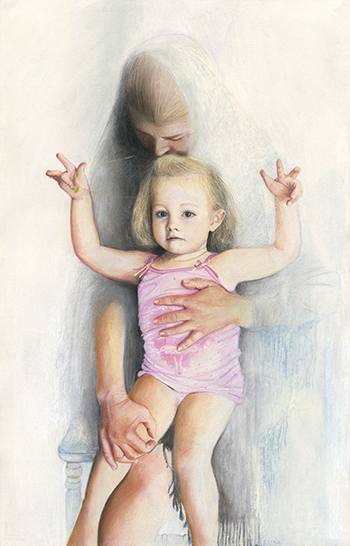I been to cities that never close down
From New York to Rio and Old London Town
But no matter how far or how wide I roam
I still call… Lismore… home
(With apologies to Peter Allen)
It is widely believed, to quote a government report on culturally and linguistically diverse communities, CALD in the jargon, that Australia is “a successful and vibrant multicultural nation, with nearly half its population either born overseas or having at least one parent born overseas”.
According to the 2011 Census, some 3.6% of residents in the Northern NSW Local Health District (Tweed Heads to the Clarence Valley) spoke a language other than English at home. Although the overseas-born population of Lismore is topped by those of UK heritage (1224 people), almost every conceivable group is represented here, from the “common” Irish and Scottish to the Phillipines (160), PNG (49), Kenya (33), Sudan (24), DR of Congo (18), and trailing the field, Uruguay (10, although less than this were excluded).
There is no doubt that Lismore, the major city in the Northern Rivers, is regarded as a migration success story, with a significant number of new settlers coming from countries they fled as refugees. Community and organisational support has been strong and vital. Yet for many, Lismore was not their first port of call, as artist Katka Adams discovered when she began immersing herself in the local migrant community to develop a project she would eventually title “Coming Home”. The show runs at Lismore Regional Gallery from 15 June-28 July 2019.
GP Speak is grateful to Katka and her sitters for allowing us to reproduce some of the images in this issue of our magazine.
While her subjects, hailing from places as far-flung as Sierra Leone, Ecuador, the Netherlands, India and the USA (a five-year-old meditating), have diverse back-stories they share a common bond: all of them feel more welcome in Lismore, more “at home”, than in any other part of Australia they have lived. Hence the title of Katka’s exhibition.
“They told me they are much more at ease here than in other places, especially other country areas,” Katka said over a coffee in The Hub precinct, adjacent to Lismore Regional Gallery, a space that has done so much to revive the heart of the flood damaged city.
“A sense of belonging is a basic human need which is hard to define or measure. Despite experiencing cultural dislocation, many people from diverse backgrounds have woven their lives into the fabric of Lismore, finding new homes.
“I hope this exhibition not only develops a deeper understanding of the challenges migrants and refugees face, but also the valuable contribution they bring to our vibrant community and the home we share.”
Not only has Katka drawn, beautifully, these new Lismore residents but she has included a portrait of another migrant who has come to call Lismore home – herself. The self-portrait shows her with granddaughter Olive who holds a golden chain – hence the title of the work – that had belonged to Katka’s grandmother.

Growing up in an unhappy family (abusive father who was loathed by her grandparents) Katka and her mother left the Czech capital of Prague in 1968 in the aftermath of the Soviet invasion of a proud country yearning for democracy.
Just seven when they arrived in Australia, she lived in migrant camps and went through a series of schools in their efforts to escape a step-father as bad as her natural one. Despite her mother’s suffering mental health issues she attained the HSC at Sydney Girls High, doing 3-unit art, in 1980, marrying Russell Adams (nowadays a long-serving physician at Lismore Base Hospital’s emergency department) shortly afterwards.
Katka went on to study at the Sydney College of the Arts, majoring in painting. Their first child, Millie, was born at the end of her final year, and at the age of six weeks accompanied her parents on their move to Lismore in 1985.
Despite the qualification, Katka decided to undertake a TAFE course in art, feeling that, “I needed skills-based instruction rather than the more conceptual art education delivered in Sydney”. Clearly it has paid off, as her latest exhibition again shows.
This year’s hanging follows her 2018 artistic exploration of her own migration experience and was sparked by a realisation that she is deeply interested in the journeys of others. Each picture in the show is accompanied by a description of the subject/s, adding a layer of meaning to the works beyond the visual.
In total, “Coming Home” is a testament to the subjects, to the artist and to Lismore, which can be proud of rolling out the welcome mat to people from all over the world, most of whom, it seems safe to say, would never have heard of our city before they came here.
















